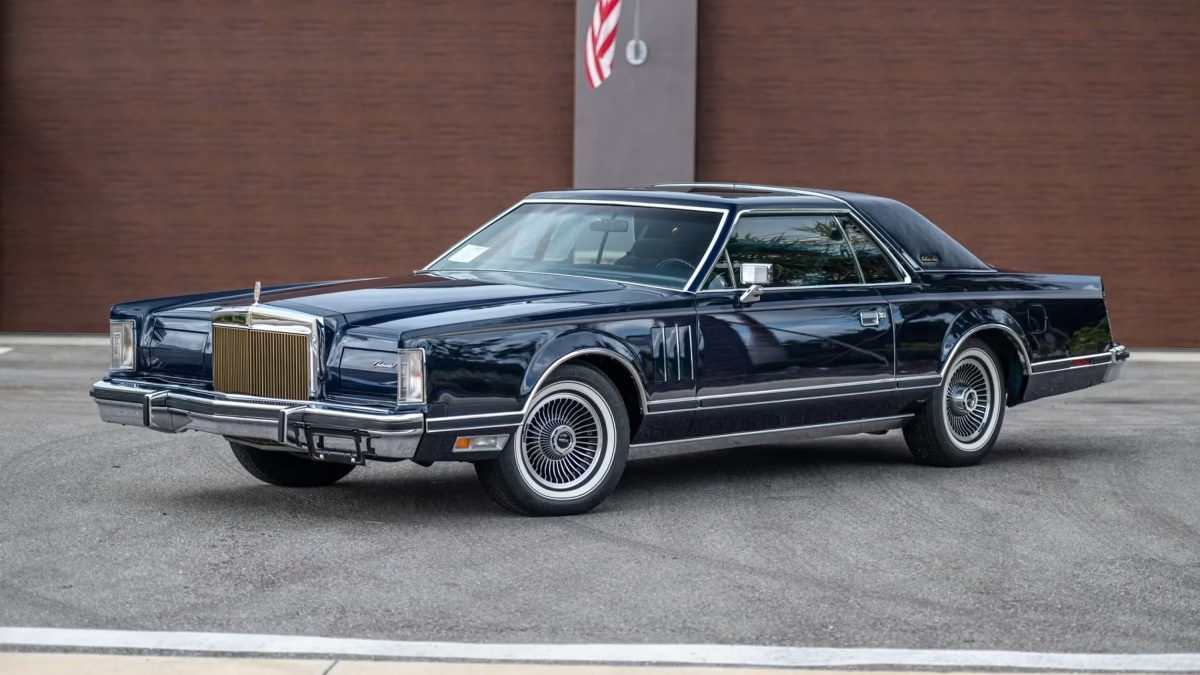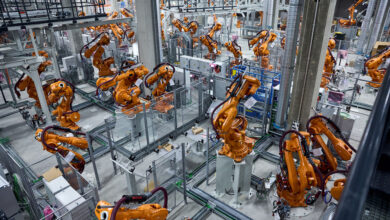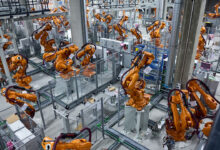
Software-Defined Vehicles: The Future of Driving Has Officially Arrived
For decades, the automotive world has evolved through mechanical innovation—better engines, stronger chassis, and safer structures. But today, the industry is undergoing a transformation far more revolutionary than turbochargers or hybrid systems. The future of mobility is being rewritten in code. Welcome to the era of the Software-Defined Vehicle (SDV), where cars are no longer fixed machines but continuously evolving digital platforms.
At its core, an SDV is built around centralized computing architecture rather than dozens of separate control modules. Instead of fragmented electronics, the vehicle operates like a high-performance computer on wheels. Features, performance upgrades, safety systems, and even driving behavior are now controlled through software—not hardware. That means cars can improve long after they leave the showroom.
This shift is creating a new ecosystem where technology companies, chip manufacturers, and automakers collaborate to shape the next generation of smart mobility. Brands like Mercedes-Benz, BMW, Tesla, Volvo, and Hyundai are investing billions into new operating systems, over-the-air updates, and centralized computing platforms. As a result, the car ownership experience is evolving from a one-time purchase into a dynamic, customizable journey.
One of the biggest advantages of SDVs is constant improvement through OTA (Over-the-Air) updates. Just like your smartphone receives new features, your car will now gain upgraded navigation, new driver-assistance capabilities, and enhanced battery management without visiting a service center. A vehicle can receive performance boosts, more efficient energy mapping, and even entirely new digital experiences overnight. In essence, the car you buy today can become better tomorrow.
Safety is also entering a new era. Traditional vehicles rely on hardware-based systems that can’t adapt once manufactured. SDVs, however, use unified software platforms that analyze real-time conditions and receive continual enhancements. Advanced driver-assistance systems (ADAS) will be more accurate, responsive, and intelligent. Emergency braking, adaptive cruise control, and lane-keeping systems will evolve through machine-learning models trained globally, then delivered instantly across vehicle fleets.
Connectivity is another critical pillar of SDVs. These vehicles are designed to communicate with infrastructure, other cars, cloud networks, and mobile devices. This level of interaction enables predictive maintenance alerts, live hazard warnings, optimized charging routes for EVs, and seamless integration with smart homes. Soon, your car may notify you of a tire issue before it happens, adjust climate control based on your wearable’s heart rate, or sync with your home assistant to prepare your arrival.
The shift to software-centric design is also unlocking new revenue models for automakers. Just as apps transformed the smartphone industry, digital features are turning cars into subscription-ready platforms. Drivers may choose optional services such as enhanced navigation, premium entertainment, heated seats on demand, or autonomous driving modes. This means lower entry prices for vehicles and flexible customization over time. While controversial for some buyers, it represents a significant breakthrough for automakers searching for long-term digital revenue.
Explore more automotive innovations and future-tech stories on CarBook Magazine:
CarBook Magazine – Technology FeaturesElectric vehicles (EVs) benefit the most from SDV architecture. EVs rely heavily on battery management, regenerative braking optimization, and energy distribution—all software-controlled. With continuous refinement, EVs will gain longer range, smarter charging cycles, and improved efficiency. Companies like Tesla and Mercedes have already demonstrated dramatic range improvements achieved entirely through software updates—without changing a single physical component.
The user interface inside SDVs is also transforming. Massive displays, AI-driven voice assistants, biometric sensors, and app-like navigation systems are becoming the norm. Interiors feel more like luxury lounges or digital workspaces than traditional cabins. The car becomes an intelligent companion—learning driving habits, anticipating preferences, and adapting its digital environment accordingly.
However, this evolution brings challenges. Cybersecurity becomes a top priority as cars become hyper-connected. Automakers must defend vehicles against hacking attempts, data breaches, and system failures. Regulatory frameworks also need to adapt to software-driven updates, autonomous driving features, and data privacy concerns.
Despite these challenges, the transition to SDVs represents one of the most exciting moments in automotive history. Cars are not just mobility tools—they are intelligent, evolving platforms shaping a new reality of transportation. The future promises a blend of luxury, technology, and personalization that drivers have never experienced before.
With leading automakers and tech giants driving the movement, the software-defined vehicle is not a distant concept—it is the present, rapidly redefining the entire industry. For consumers, this shift means safer, smarter, more efficient, and more enjoyable driving. For the auto industry, it represents the dawn of a digital revolution.







